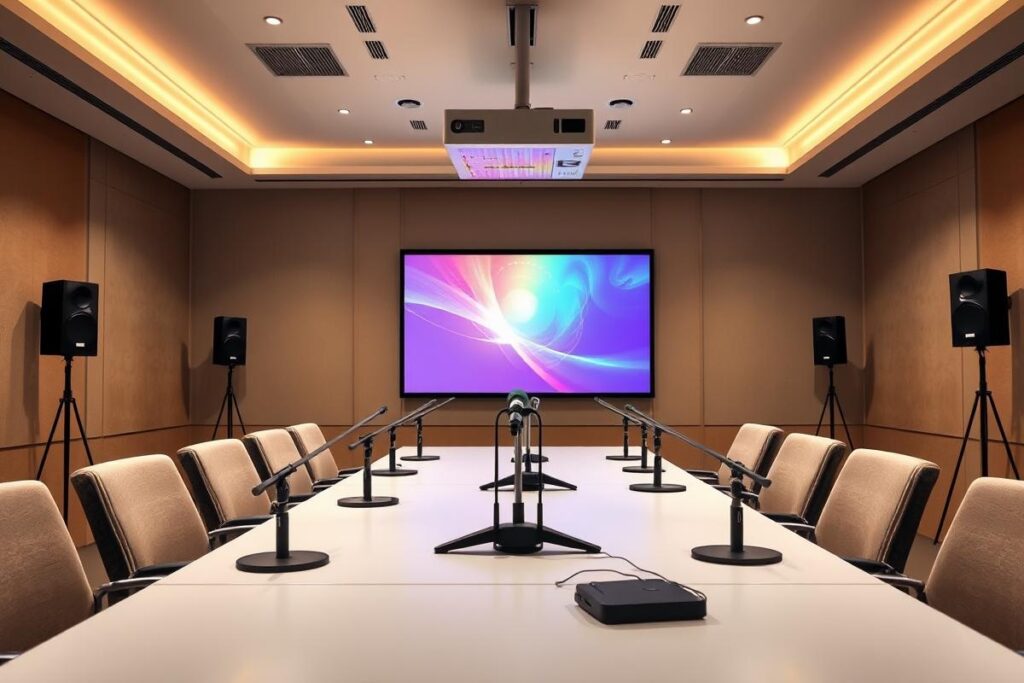Table of Contents
Corporate retreats offer invaluable opportunities for team building, strategic brainstorming, and professional growth. However, a poorly executed audio-visual (AV) setup can derail even the best-laid plans, leading to frustrating technical difficulties and disengaged participants. A seamless AV experience is paramount to delivering impactful presentations, fostering active participation, and creating a truly memorable retreat.
This comprehensive checklist, specifically designed for Pro Connect Group clients, provides a step-by-step guide to ensure your retreat’s AV setup is flawless. We’ll cover everything from essential equipment and reliable Wi-Fi to seamless transitions between indoor and outdoor settings. By following these guidelines, you can guarantee a smooth, engaging, and productive experience for all attendees, allowing your team to focus on what truly matters: connection, collaboration, and achieving your retreat’s objectives. The key is careful pre-planning and attention to the finer details.
Essential AV Equipment: The Foundation of Your Retreat
This section outlines the core AV equipment needed for a successful corporate retreat, ensuring clarity and functionality.
- Projectors and Screens: The visual component of your presentation is critical.
- High-lumen projectors are essential for visibility, especially in rooms with ambient light. The higher the lumen count, the brighter the image, ensuring everyone can see clearly.
- Understanding “throw ratio” is crucial. This determines the projector’s distance from the screen relative to the screen size. A short-throw projector can create a large image from a short distance, while a long-throw projector requires more space.
- Always ensure multiple input options (HDMI, VGA) are available. This provides compatibility with various laptops and devices, preventing last-minute connectivity issues.
- Screen size should be carefully selected based on audience size and venue dimensions. A screen that’s too small will leave some attendees struggling to see, while a screen that’s too large can overwhelm the space.
- Portable screens offer flexibility for different room setups, while fixed screens are ideal for dedicated presentation areas.
- The screen surface must match the projector’s resolution and brightness. A mismatched surface can result in a washed-out or dim image.
- Consider leveraging evolving technology like digital signage with augmented reality capabilities, for dynamic presentations, suitable for either indoor or outdoor use.
- Audio Systems: Clear, reliable audio is just as important as the visuals.
- For smaller venues, portable powered speakers are often sufficient. Larger spaces may require more complex systems, potentially including multiple speakers and amplifiers.
- Aim for clear, balanced audio that reaches every corner of the room. Subwoofers can enhance the bass, adding depth to music or sound effects.
- Wireless microphones, whether lapel or handheld, are a must for presenters. They allow for freedom of movement and ensure the presenter’s voice is clearly heard.
- Ensure sufficient microphones for all presenters and anticipated Q&A sessions. Always have backup microphones readily available.
- A mixer is essential for controlling and combining audio sources. It allows you to adjust volume levels, equalize sound, and manage multiple inputs (microphones, laptops, etc.).
- Look into options like immersive sound systems that create a more engaging and dynamic audio experience for attendees.
- Connectivity: Reliable connectivity is the backbone of a seamless AV setup.
- Use a reliable laptop or media player for presentations. Always test the connection to the projector and audio system before the event. Having a backup device is a crucial safety net.
- Carry a comprehensive set of cables (HDMI, VGA, audio, power) and adapters. Test all cables beforehand and have spares readily available.
- Ensure reliable Wi-Fi for presentations and general attendee connectivity. The venue should have sufficient bandwidth and coverage. Have a backup plan, such as a mobile hotspot, in case the primary Wi-Fi encounters issues.
- Additional Essentials: These seemingly small items can make a big difference.
- A presentation remote allows presenters to advance slides and control the presentation flow seamlessly.
- Sufficient power strips and extension cords (surge-protected) are essential to power all the equipment.
- On-site technical support is invaluable. Having a technician available for setup, troubleshooting, and operation can prevent minor technical issues from becoming major disruptions. Consider utilizing Pro Connect Group’s AV Consultation services for expert support.
Mastering Wi-Fi: Ensuring Seamless Connectivity
This section provides a practical guide to planning and managing reliable Wi-Fi for a corporate retreat.
- Bandwidth Planning:
- Assess Needs: Begin by determining the number of devices that will be connecting to the Wi-Fi network and their typical usage (email, web browsing, video streaming, etc.).
- Calculate Total Bandwidth: Calculate the total bandwidth needs, considering peak usage times when multiple devices are active simultaneously.
- Choose the Right Plan: Select a business-class internet plan that exceeds the calculated bandwidth needs to ensure a smooth and reliable connection for all users.
- Access Point (AP) Deployment:
- Site Survey: A site survey is crucial to identify weak signal areas and potential sources of interference. This helps determine the optimal placement of access points.
- AP Density: Deploy a sufficient number of access points to ensure strong and consistent coverage throughout the venue, particularly in meeting rooms where connectivity is essential.
- AP Placement: Strategically place access points, avoiding obstructions like walls and large furniture. Mount them high for better signal propagation and keep them away from potential sources of interference.
- Channel Selection: Configure access points to use non-overlapping channels to minimize interference and maximize performance.
- Security: Implement strong Wi-Fi security (WPA3 is recommended) and change default passwords to protect the network from unauthorized access. Consider setting up a separate guest network for attendees.
- Troubleshooting and Management:
- Regular Monitoring: Continuously monitor Wi-Fi performance to identify and address any issues promptly.
- Troubleshooting: Provide basic troubleshooting steps for attendees: restart devices, check connections, test internet speed, identify potential interference, and ensure firmware is up to date.
- Support: Have technical support readily available to assist attendees with Wi-Fi connectivity issues. Provide clear instructions on how to connect to the network.
- Scalability: Design the Wi-Fi setup to accommodate future needs and potential increases in the number of devices.
Indoor/Outdoor Transitions: Adapting to Any Setting
This section addresses the challenges and solutions for seamlessly transitioning AV setups between indoor and outdoor spaces.
- Site Assessment and Planning:
- Venue Evaluation: Carefully assess both the indoor and outdoor spaces. Note the dimensions, layout, and potential obstructions (trees, pillars, etc.). Identify available power sources, connectivity options, and any environmental challenges (sunlight, wind, rain, etc.).
- Transition Strategy: Develop a clear transition strategy. Plan the movement of equipment between locations, allocate sufficient setup time, and consider having separate, dedicated AV setups for each space if feasible.
- Equipment for Outdoor Use:
- Weatherproof Equipment: Prioritize weather-resistant or weatherproof AV equipment designed to withstand the elements. This includes speakers, projectors, screens, and protective enclosures.
- Portable Systems: Opt for portable, modular AV systems that are easy to transport and set up in different locations. This includes lightweight screens, compact sound systems, and wireless microphones.
- Power Solutions: Ensure a reliable power supply. Use heavy-duty, weatherproof extension cords and power strips. Consider portable generators as a backup power source, especially for outdoor locations.
- Environmental Considerations:
- Sunlight: For outdoor presentations, use high-brightness projectors and specialized outdoor screens designed to minimize glare. Position screens to avoid direct sunlight, or utilize shade structures.
- Weather Protection: Protect equipment from rain and wind with waterproof covers, tents, or enclosures. Secure equipment to prevent it from being blown over by the wind.
- Temperature Control: Avoid exposing equipment to extreme temperatures. Store equipment in climate-controlled areas when not in use, and monitor equipment temperature during operation.
- Connectivity and Control:
- Wireless Connectivity: Ensure robust Wi-Fi coverage extends to both indoor and outdoor areas. Use multiple access points and consider a dedicated network for the AV equipment.
- Wireless Control: Utilize wireless presentation remotes and audio control systems to manage the AV setup from a distance.
- Cable Management: Minimize cable clutter to prevent tripping hazards and maintain a clean appearance. Use cable protectors or bury cables where possible. Use weatherproof connectors for outdoor connections.
- Transition Execution:
- Pre-Event Testing: Thoroughly test all equipment in both the indoor and outdoor locations before the retreat begins. This helps identify and resolve any potential issues in advance.
- Staging and Setup: Have a dedicated AV team responsible for setting up and managing the equipment. Clearly label all equipment and cables. Create a detailed checklist to ensure nothing is overlooked.
- Contingency Plans: Have backup equipment readily available in case of failures. Develop a troubleshooting plan to address any technical issues that may arise during the event.
Key Takeaways
A successful corporate retreat hinges on meticulous planning and execution, and the audio-visual component is no exception. By diligently following this comprehensive AV checklist, Pro Connect Group clients can ensure a seamless and engaging experience for all participants. From selecting the right equipment to mastering Wi-Fi and navigating indoor/outdoor transitions, every detail contributes to the overall success of the event. Remember, the goal is to create an environment where technology enhances, rather than hinders, the retreat’s objectives. With careful preparation and a proactive approach to AV management, your corporate retreat will not only meet but exceed expectations, fostering collaboration, innovation, and lasting positive impact on your team. For larger events, consider enlisting help with event production.
Need help planning a flawless corporate retreat?
Our expert AV team can handle all the technical details so that you can focus on your team and enjoy your retreat. Contact us today to get started.
Reference List
- AV Vegas. (2023, November). Event Planning in 2024: Top AV Technology Trends to Watch. Retrieved from https://avvegas.com/blog/2023/11/event-planning-in-2024-top-av-technology-trends-to-watch

